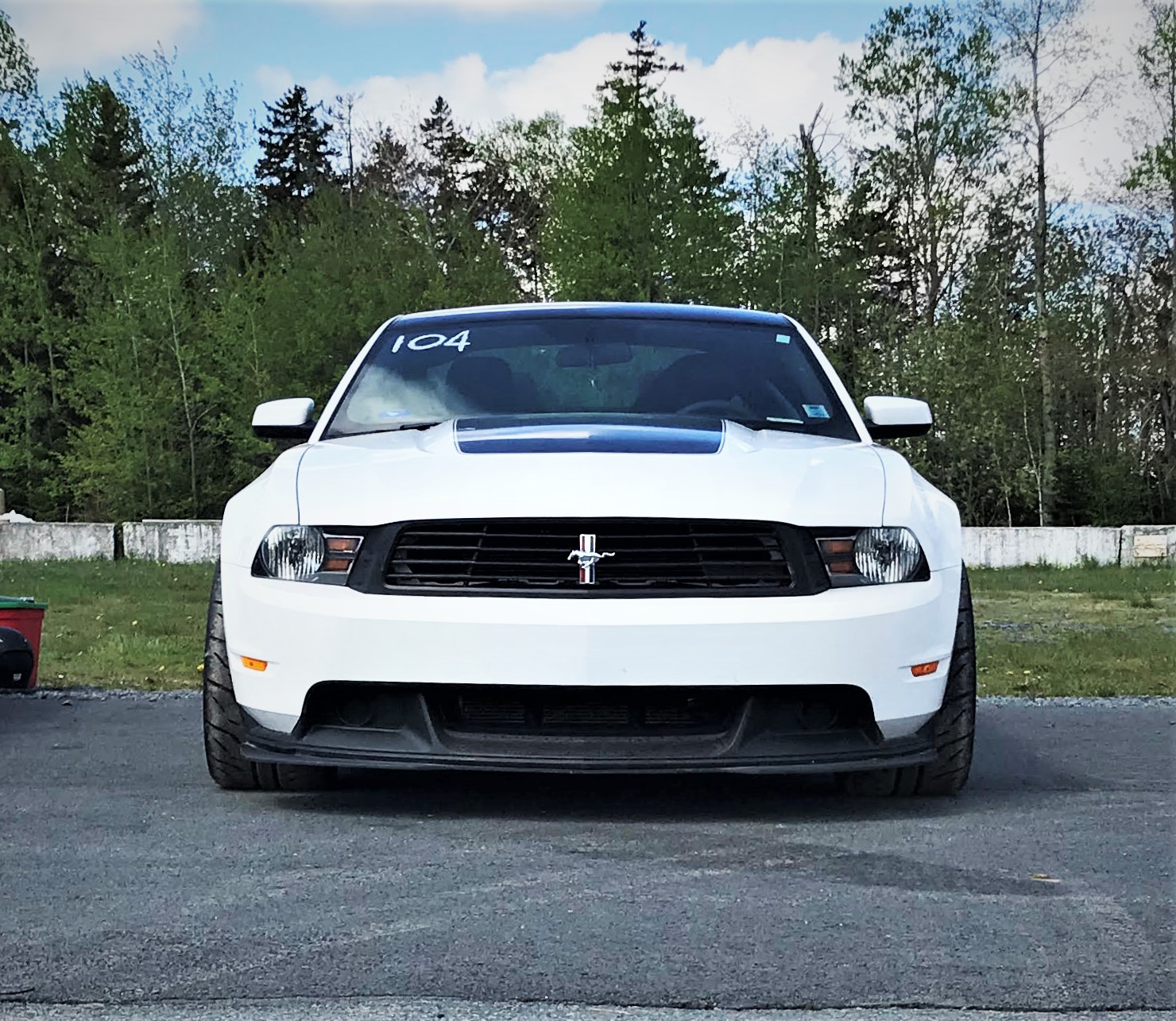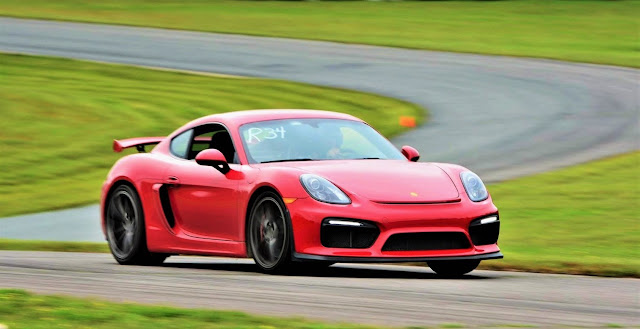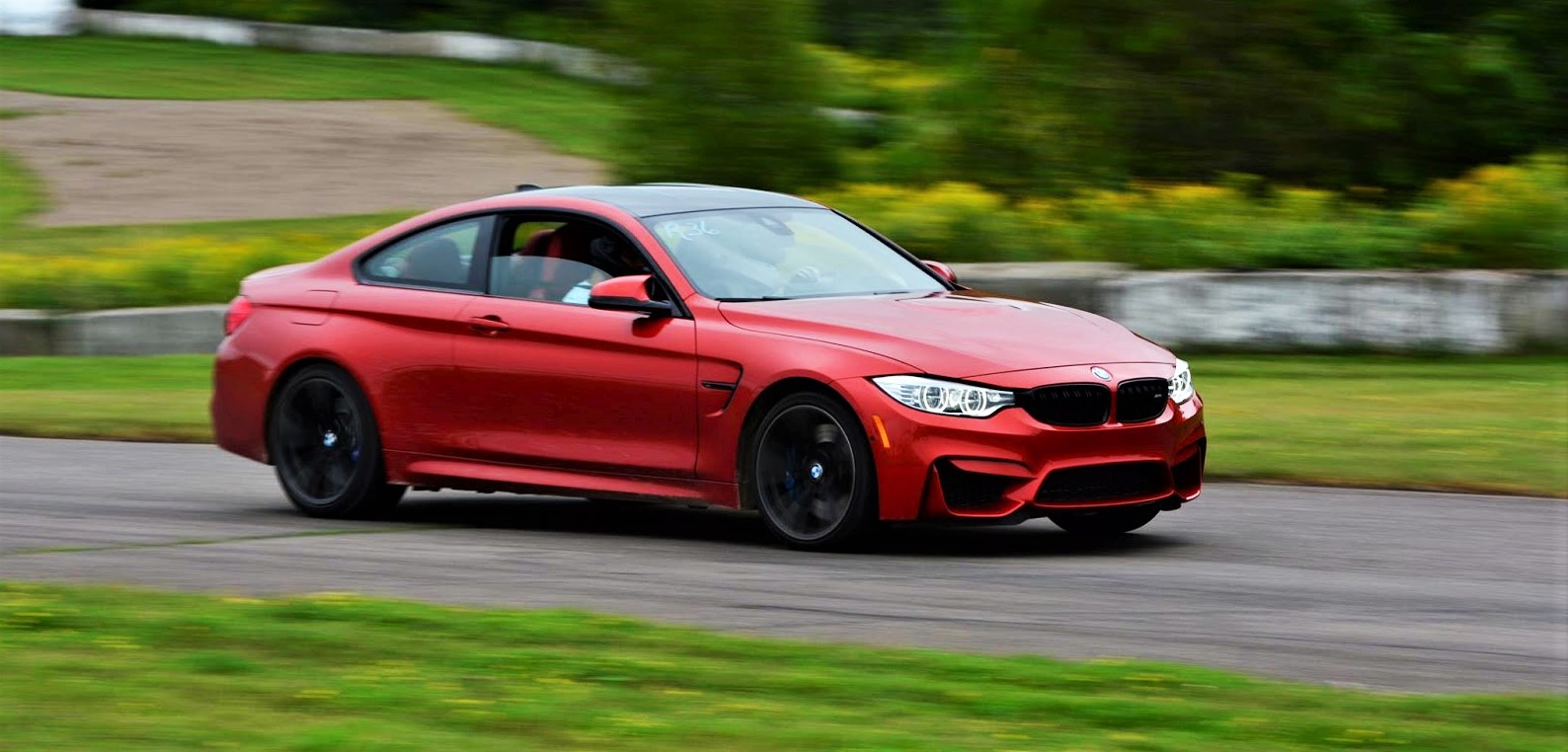Beyond the car itself, another shocking detail is the engine. A 3.5 litre, twin turbocharged EcoBoost V6. No longer is it a V8. Whenever a V6 replaces a V8, that's always a sin in my books but this may be the first case where I liked something about it. It ties it to Ford's racing efforts in Tudor with the Daytona Prototypes (DP) cars, which use a racing variation of Ford's famous 3.5 litre EcoBoost engine. I always like ties to racing. I still would have much rather seen a V8 and I'm afraid this is a sign of things to come but it's hard to argue with more than 600 hp, which is what Ford said it will make. Ford fitted the engine with both, direct and port injection, probably to get past fuelling limitations with direct injection turbo engines. Ford says the engine will be paired with a seven speed dual clutch transaxle so, unfortunately, that implies that a manual will not return.
As always, it will be mid-engine and rear wheel drive. Ford is using a carbon fibre passenger cell as most new exotics these days with aluminum front and rear subframes wrapped up in structural carbon fibre body panels. Needless to say, weight probably won't be a problem for the GT. The chassis is suspended by an active racing-style torsion bar and pushrod suspension, with adjustable ride height. Michelin Pilot Super Sport Cup 2 tires featuring a unique compound and structure designed specifically for the Ford GT will be used to make full use of the state of the art suspension and turbocharged power. Carbon-ceramic brake discs are utilized at all four corners.
Needless to say, the body is optimized to reduce drag while increasing downforce and stability. Ford is also using active aerodynamics to improve braking, handling and stability. Ford says the rear spoiler's height and pitch angle are variable but doesn't say what other, if any, components are active.
Ford didn't reveal many more details about the car but I'm sure it will as the launch date gets closer. I think Ford has done a great job at completely modernizing the design while still showing resemblance to the original. I have no doubt it has got a winner on its hands. A very, very awesome winner.















Comments
Post a Comment